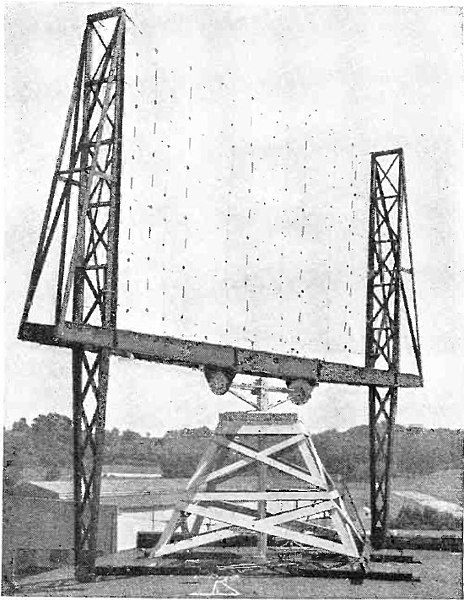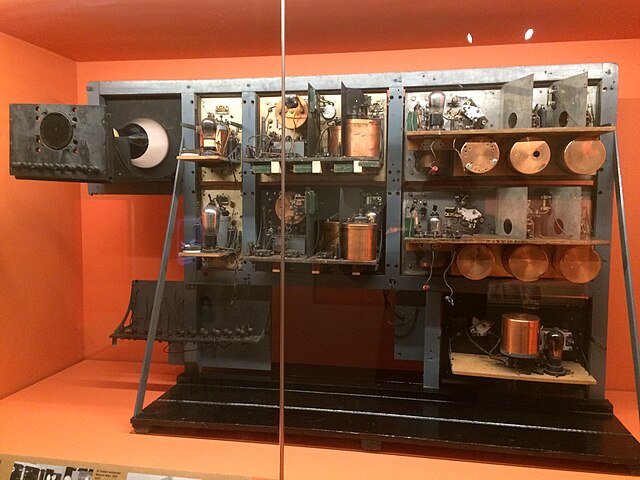Airborne Interception radar
Airborne Interception radar, or AI for short, is the British term for radar systems used to equip aircraft in air-to-air role. These radars are used primarily by Royal Air Force (RAF) and Fleet Air Arm night fighters and interceptors for locating and tracking other aircraft, although most AI radars could also be used in a number of secondary roles as well. The term was sometimes used generically for similar radars used in other countries.
The centimetric AI. Mk. VIII shown here on a Bristol Beaufighter set the pattern for AI radars well into the 1970s.
This Bristol Beaufighter Mk.VIF mounts the AI Mk. IV. The transmitter antenna is (just) visible on the nose, the left-side receiver just outboard of the landing lights.
This De Havilland Mosquito NF Mark XIII of No. 604 Squadron shows the distinctive upturned "Bull nose" containing the Mk. VIII radar
The Mk. X equipped Gloster Meteor NF.11
Radar is a system that uses radio waves to determine the distance (ranging), direction, and radial velocity of objects relative to the site. It is a radiodetermination method used to detect and track aircraft, ships, spacecraft, guided missiles, motor vehicles, map weather formations, and terrain.
Long-range radar antenna, used to track space objects and ballistic missiles
Radar of the type used for detection of aircraft. It rotates steadily, sweeping the airspace with a narrow beam.
Experimental radar antenna, US Naval Research Laboratory, Anacostia, D. C., from the late 1930s (photo taken in 1945)
The first workable unit built by Robert Watson-Watt and his team








